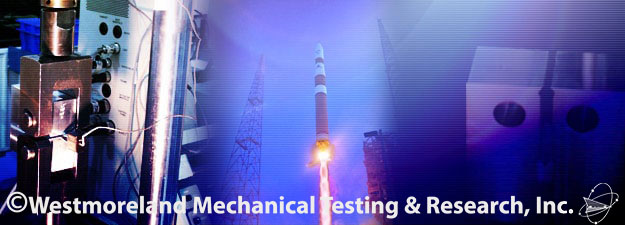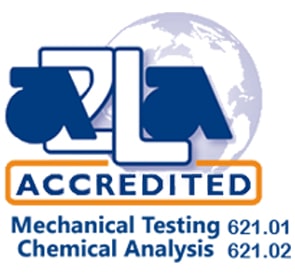KIC Testing

Linear-Elastic Plane-Strain Fracture Toughness KIC of Metallic Materials is most often tested according to ASTM E 399 specifications. The KIC test or KIC, or K1C, as it is also known, is used to determine the fracture toughness of metallic materials.
The test consists of fracturing a specimen of a specified geometry that has had a sharp defect or fatigue precrack already introduced into it.
The compact tension (CT) and 3 point bend are the most common specimen geometries used. Due to its economical use of material, the CT specimen is the more commonly employed.
Specimens are machined to particular dimensions with recommended sizes; any deviation from the recommended sizes should be agreed upon with the appropriate Standards body.
Plain-strain fracture toughness test of sufficiently thinner materials can be performed using other types of specimens. There exists no standard test method for such thin materials.
Provided the machine is powerful enough, the fatigue precrack and the fracture tests itself are usually performed on the same machine saving valuable setup time.
The precracking is performed in cyclic load control and must be conducted in accordance with the relevant international Standards.
The fracture test is carried out in displacement control at a constant rate of increase of stress intensity while recording load and crack opening displacement data, until the specimen breaks.
A Crack Opening Displacement gage is used to measure the Crack opening displacement. Knife edge fixtures are affixed to the specimen to accommodate the gage. After the specimen fails, the fatigue precrack and any crack extension are measured accurately at intervals along the crack front and then recorded.
Using a secant modulus technique, the load and crack opening displacement data are examined to obtain a critical load value. The load value is converted to a stress intensity (Kq) value utilizing the previously recorded crack lengths. Provided a series of validity checks is passed, the Kq value may be quoted as a KIC value. This test may be conducted across the full range of temperatures.



